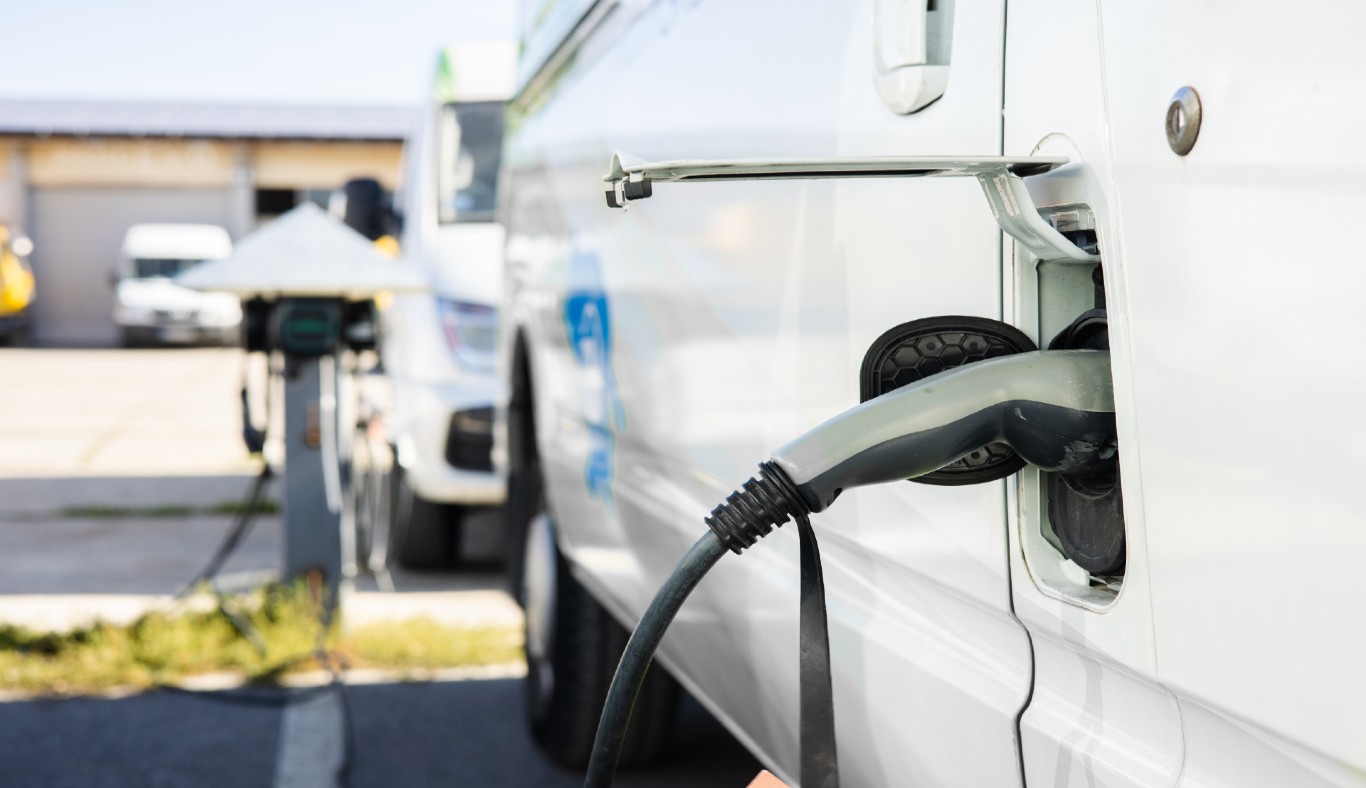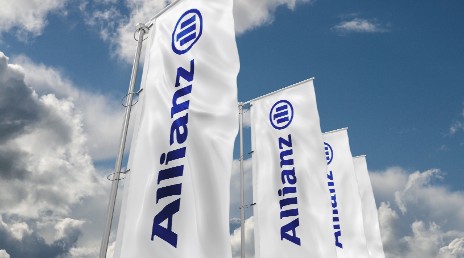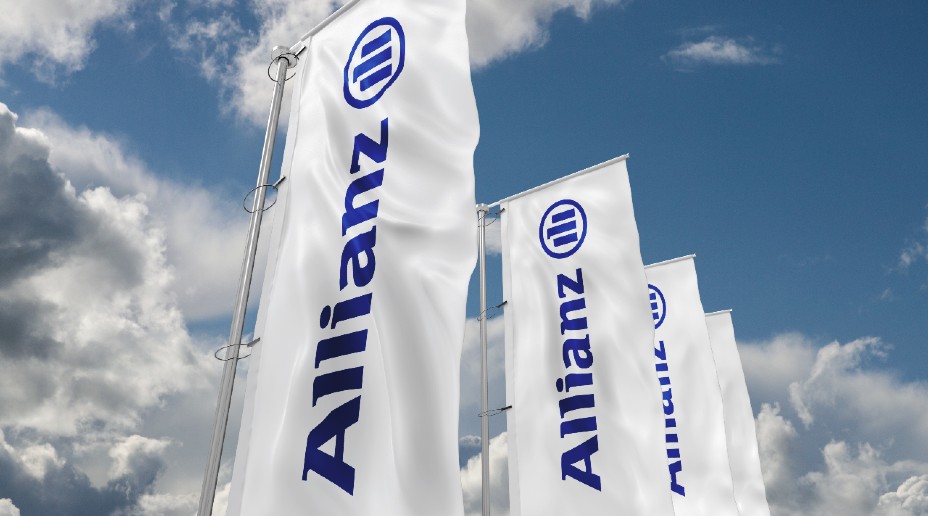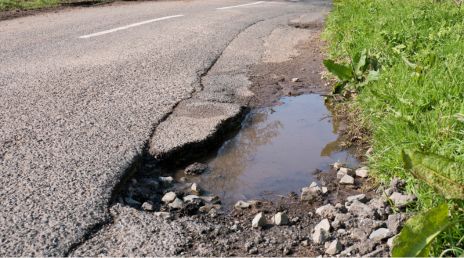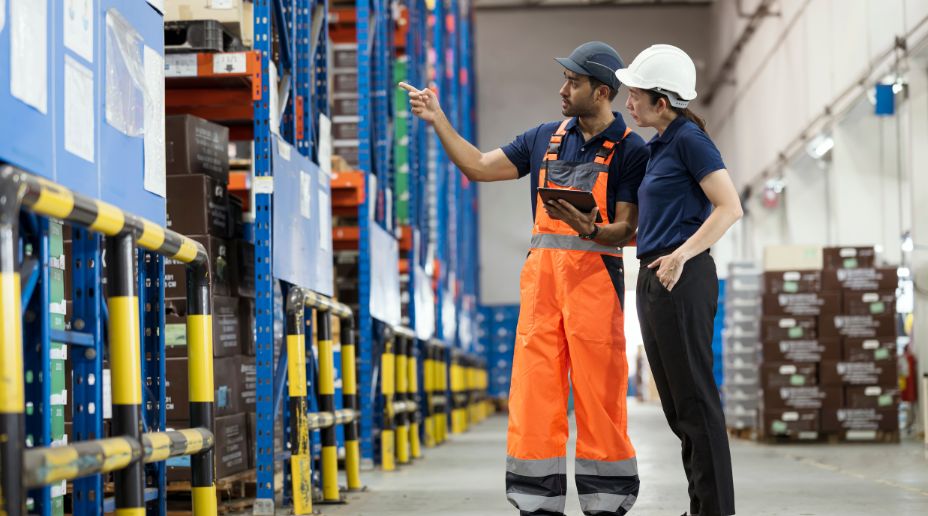Demand for vans grew in 2021, with the Society of Motor Manufacturers and Traders (SMMT) reporting a 21.4% uptick in registrations on the previous year1, far outstripping the 1.0% increase seen for cars2. While this is in line with a shift in work trends, there are concerns that technology and safety lag in the light commercial vehicle sector.
Driving demand
Several different factors are driving this shift towards vans. Strong demand has come through from sectors such as home delivery and construction and, with fewer perk vehicles being offered in the corporate space, we’ve also noted a slight shift in our books towards more vans.
The move towards electric vans is understandable too. Purchase incentives through the plug-in van grant, lower taxation and cheaper running costs have made these vehicles attractive. Additionally, as more zero and low emission zones are introduced, the appeal of electric vehicles will increase ahead of the ban on sales of new petrol and diesel vans in 2030.
Switching to an electric vehicle can also send out a positive message to customers, underlining the business's commitment to reducing emissions. There’s also much more choice now, as manufacturers look to meet this growing demand for electric vans.
Safety concerns
There are plenty of positives behind the growth in van registrations, especially those powered by battery, but concerns remain around the safety technology fitted in light commercial vehicles. Thatcham Research warns that as the safety technology on vans lags behind that of passenger cars, there is a huge safety deficit4.
Its research found that on average there are 12 standard safety features in cars, including autonomous emergency braking, speed assistance and lane keep assist, vans generally only have one safety feature – a driver airbag.
This deficit results in some alarming road traffic accident statistics. Per mile travelled, vans and light commercial vehicles are involved in more deaths of other road users than any other vehicle type.

Improving standards
To address this safety deficit and give other road users the protection they need, Thatcham Research is calling on van manufacturers to fit robust advanced driver assistance systems. Alongside this, and to highlight the good and bad performers in the van space, it’s also launched its Commercial Van Safety Ratings.
These ratings assess the safety-critical equipment fitted on new vans, giving scores ranging from ‘platinum’ to ‘not recommended’, based on the fitment rate and performance of active safety and anti-collision technology.
The 2022 ratings show that there’s plenty of room for improvement in van safety. Just one van – the Fiat Ducato – achieved the platinum rating, with four others, including Britain’s best-selling van, the Ford Transit Custom, getting a gold rating. The worst performer is Nissan’s Interstar, which received a not recommended rating.
Thatcham Research commercial van safety rating 2022
Swipe to view more
| Make and model | Total % | Rating |
| Fiat Ducanto | 88% | Platinum |
| Ford Transit | 68% | Gold |
| Volkswagen Transporter | 65% | Gold |
| Ford Transit Custom | 63% | Gold |
| Mercedes-Benz Vito | 61% | Gold |
| Mercedes-Benz Sprinter | 52% | Silver |
| Nissan Primaster | 45% | Silver |
| Renault Trafic | 45% | Silver |
| Peugeot Expert | 44% | Silver |
| Volkswagen Crafter | 44% | Silver |
| Vauxhall Vivaro | 42% | Silver |
| Iveco Daily | 41% | Silver |
| Citroen Dispatch | 37% | Bronze |
| Toyota Proace | 37% | Bronze |
| Vauxhall Movano | 33% | Bronze |
| Peugeot Boxer | 33% | Bronze |
| Citroen Relay | 32% | Bronze |
| Renault Master | 29% | Bronze |
| Nissan Interstar | 18% | Not recommended |
Managing light electric commercial vehicles
As more businesses switch to electric vans, there are additional risks that need to be considered. These include the skills that a driver requires to drive an electric vehicle but also the risks relating to charging these vehicles.
Electric vehicles have different features, functions and performance to petrol or diesel vehicles, so vehicle familiarisation training is prudent. For instance, while instant torque delivers differences in performance and power, especially around acceleration, the additional battery weight and regenerative braking mean that stopping distances can be greater.
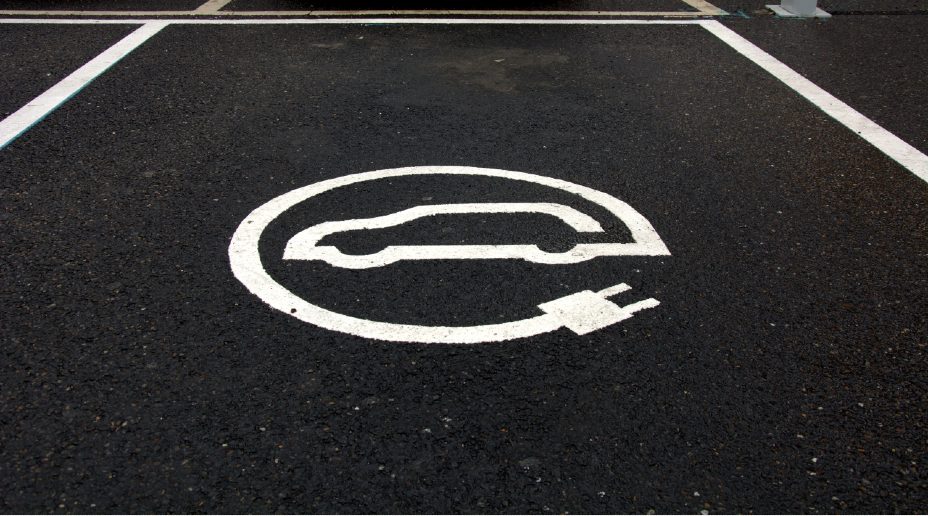
Journey planning
Safe, secure EV charging
Whilst data suggests that electric vehicles are not more susceptible to fire risk than petrol or diesel vehicles, battery fires, when they do occur, burn hotter and faster and therefore can lead to other property catching fire and in almost all events lead to the vehicle being written off.
The proximate cause of an electric vehicle fire may be attributed to battery cell abuse or malfunction. Where fitted, ‘Battery Monitoring Systems’ continually monitor battery health and can reduce the state of charge in neighbouring battery cells limiting damage and potential for fire. It is therefore important that Fleet Managers establish procedures for warning light identification and reporting and their drivers are alive to the importance of monitoring the vehicles ‘Battery Monitoring System’ warning lights to detect early signs of battery malfunction.
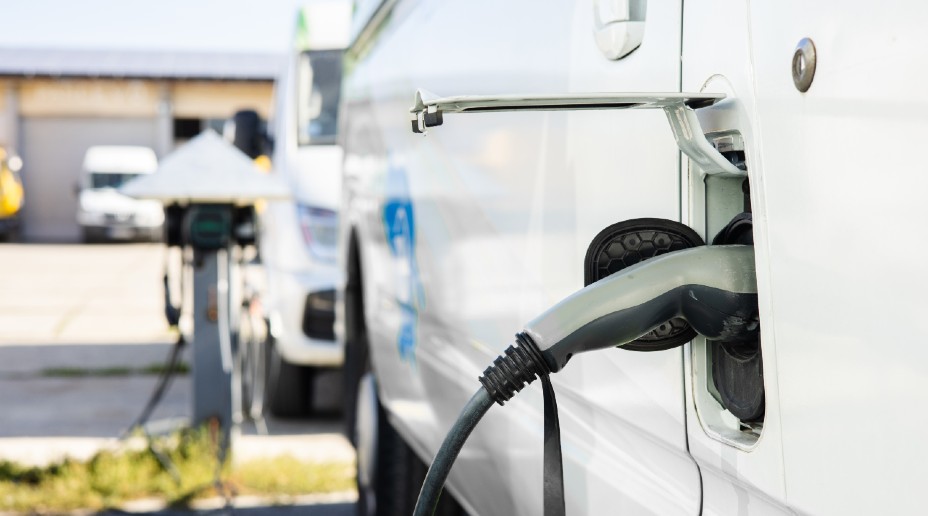
Discounted business risk support
At Allianz, we’re keen to support businesses as they switch to electric vans and other vehicles. We have a comprehensive library of advice and information relating to all aspects of running these vehicles as well as material covering the risks associated with more traditional petrol and diesel vans, which are also relevant to electric models.
Our partners can also provide some discounted valuable support as businesses introduce electric vans. DriveTech offers an electric vehicle transition course to teach drivers about the differences between driving an internal combustion engine and an electric vehicle. Lightfoot also provides services for owners of electric vans, offering an electric vehicle management portal, so businesses can track details such as state of charge, battery degradation and simplify electric vehicle expense reporting.
As electric vans become more commonplace on the UK’s roads, it’s essential that their owners are aware of the risks associated with them. Well managed, these vehicles can provide a safe and energy-efficient option for business across the country.
